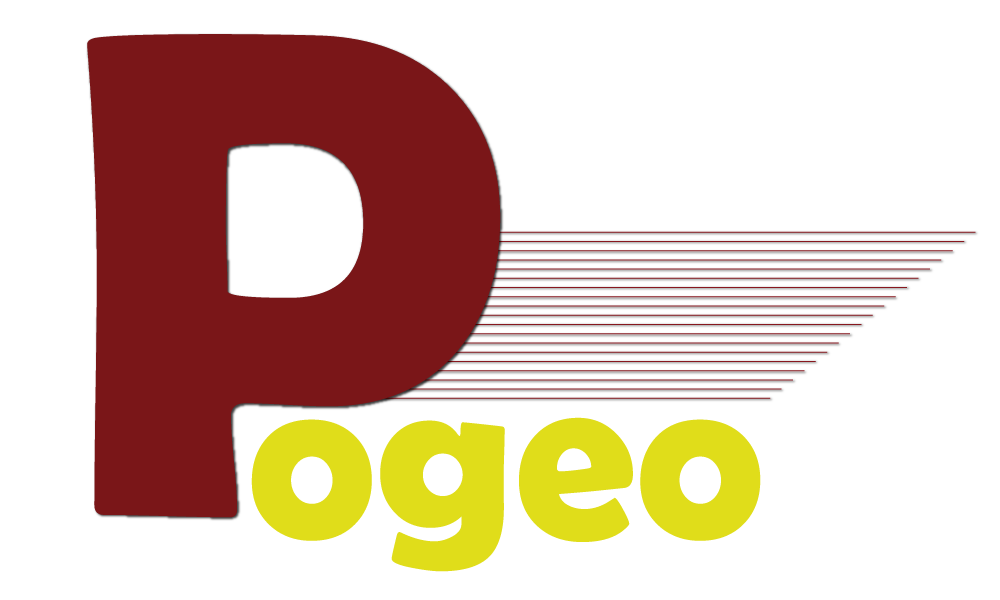As of 2025, understanding the boundaries of Green Belt land in the UK has never been easier. The Green Belt map is an essential tool for anyone interested in finding out whether their land or property lies within these protected zones. The map provides an interactive, user-friendly interface that allows you to enter your postcode and quickly determine whether your land falls within the Green Belt. This tool has proven invaluable for developers, homeowners, and anyone involved in urban planning or land development.
The Green Belt is a significant part of the UK’s planning regulations, designed to control urban sprawl and preserve natural landscapes. This is especially important in high-density areas such as London and its surrounding regions. With the advent of online interactive green belt maps, access to these vital boundaries is more accessible than ever before. In this article, we’ll explore what Green Belt land is, the importance of the Green Belt map, and how it impacts planning applications and development in the UK.
What is the Green Belt?
The Green Belt refers to a designated area of land where development is highly restricted, aiming to protect the countryside from urban sprawl. This land typically surrounds cities and large towns, creating a barrier to uncontrolled expansion. Introduced in the 1930s and significantly expanded post-World War II, the Green Belt helps maintain open spaces, prevent urban sprawl, and promote biodiversity.
However, the Green Belt is not a nature reserve; it is a land-use planning designation that restricts development. While some parts of the Green Belt may feature parks or forests, it’s mainly composed of agricultural land and open countryside. The Green Belt map helps identify these areas so you can determine whether your property or potential land investment is within a protected zone. It’s a tool for developers, conservationists, and property owners who need to navigate the complexities of land use in these areas.
Understanding Green Belt Planning Rules
Green Belt planning rules are strict and designed to protect land from excessive development. According to the National Planning Policy Framework (NPPF), development in Green Belt land is considered inappropriate unless it meets specific criteria. These criteria include developments like agricultural buildings, outdoor sports facilities, or infill development in some villages.
The primary purpose of Green Belt policy is to control urban sprawl by preventing new buildings from being erected in these areas. This helps to ensure that cities and towns do not merge into one another, preserving the character of rural landscapes. For anyone seeking to develop or purchase land within the Green Belt, using a Green Belt map is crucial to understanding these restrictions. It helps to visualise the exact boundaries and what activities are permissible within these areas, ensuring that landowners and developers are fully informed.
How to Use the Green Belt Map UK 2025
![Green Belt Map UK 2025: Instantly Check If Your Land Is in a Protected Area Green Belt Rules: Updated NPPF and What It Means for the Green Belt [2025] - Urbanist Architecture - Small Architecture Company London](https://urbanistarchitecture.co.uk/media/pages/blog/green-belt-rules-nppf/1c10458ae4-1726585357/green-belt-map-1024x.webp)
The Green Belt map UK 2025 has made it easier than ever to access this critical information. With several online platforms offering interactive tools, users can enter their postcode to instantly see if their land is within the Green Belt. These maps are regularly updated, ensuring the data reflects any changes to local planning policies and land designations.
Using the Green Belt map is straightforward. After entering your postcode or location, the map will highlight whether your property is located within a Green Belt zone. In addition, many of these interactive maps display boundaries of local authorities, giving you a detailed view of how Green Belt areas are spread across the country. This feature is particularly useful for developers who need to assess multiple properties or locations at once, enabling them to make better, data-driven decisions when selecting land for potential development.
Green Belt Land Across the UK
Green Belt land covers a significant portion of the UK, with areas of protected land surrounding major cities like London, Birmingham, and Manchester. In fact, around 12% of the land in England is designated as Green Belt. These areas are crucial for maintaining the green spaces that buffer cities from sprawling out of control, and they also provide essential habitats for wildlife.
The Green Belt map provides a detailed breakdown of the land across the UK, allowing you to see where the Green Belt extends in specific regions. For instance, the London Green Belt, one of the largest in the country, extends across several counties, acting as a boundary to the capital’s expansion. Different regions may have different rules and planning policies regarding the Green Belt, so it’s important to use a location-specific map to ensure you have the most accurate information.
Can You Build on Green Belt Land?
One of the most common questions when dealing with Green Belt land is whether you can build on it. The simple answer is that development on Green Belt land is usually restricted, with only a few exceptions allowed under planning policy. This includes developments like agricultural buildings, new facilities for outdoor sports, or limited residential developments that meet strict criteria.
For landowners or developers looking to build on Green Belt land, using the Green Belt map is the first step in determining whether it’s even possible. If the land lies within a designated Green Belt zone, they’ll need to carefully consider whether their proposed development fits within the exceptions outlined by the NPPF. If not, they may face significant challenges in obtaining planning permission. This makes understanding Green Belt boundaries even more important for anyone involved in property development.
Green Belt and Environmental Protection
While the primary focus of Green Belt policy is urban containment, it also plays a key role in environmental protection. The Green Belt serves as a vital refuge for wildlife, provides space for recreational activities, and supports agricultural production. In recent years, there has been increased recognition of the need to preserve and even expand Green Belt areas to combat climate change and protect biodiversity.
Using the Green Belt map can help you understand the wider environmental benefits of these areas. It provides insight into how much of the UK’s land is being protected and offers a visual representation of the natural spaces that contribute to the country’s overall sustainability. For those interested in conservation or sustainable development, the Green Belt map is an essential resource for identifying land that is critical to maintaining the UK’s green spaces.
Conclusion
The Green Belt map is an essential tool for anyone interested in the planning, development, or conservation of land in the UK. With the 2025 updates, it has become more accessible and user-friendly, allowing you to quickly determine if your land is within these protected zones. Whether you’re a homeowner, developer, or conservationist, understanding Green Belt boundaries is crucial for making informed decisions. The map not only helps you navigate planning rules but also contributes to the ongoing protection of the UK’s countryside and urban green spaces.
FAQs
What is the Green Belt in the UK?
The Green Belt is a policy designed to prevent urban sprawl by limiting development in designated areas of land around cities and towns.
Can you build on Green Belt land?
Development on Green Belt land is restricted, with only certain exceptions allowed under strict planning criteria.
How can I check if my land is in the Green Belt?
You can use an interactive Green Belt map to enter your postcode and instantly check if your land is within a protected Green Belt area.
What does the NPPF say about Green Belt?
The NPPF outlines the restrictions and exceptions for building on Green Belt land, ensuring that development is carefully controlled.
Why is the Green Belt important?
The Green Belt plays a crucial role in preserving the countryside, maintaining green spaces, and protecting wildlife habitats, while also preventing urban sprawl.
You may also read: Ways to Reduce the Cost of Building a House UK


